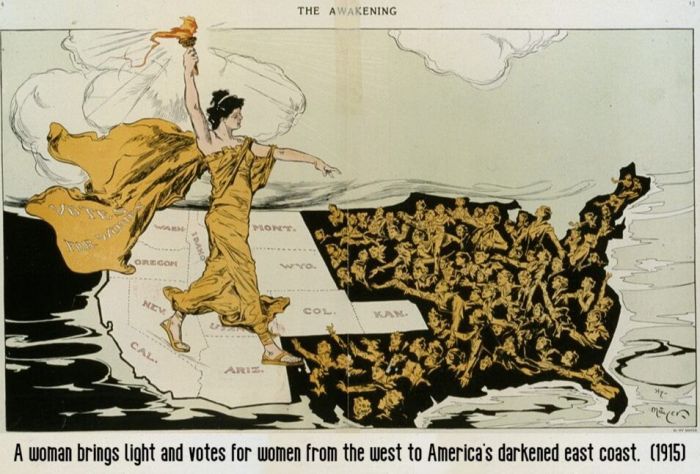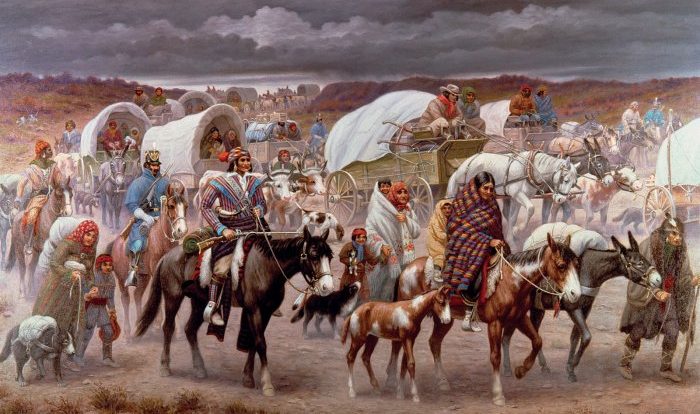The Reforms of the Progressive Movement Worksheet delves into the transformative era that reshaped American society, providing a comprehensive overview of the key reforms, strategies, and lasting impact of this pivotal period.
The Progressive Era witnessed a surge of activism and reform, driven by concerns about social and economic inequality, political corruption, and the growing power of corporations. This worksheet explores the major reforms implemented during this time, including those related to the political system, economic system, and social welfare.
Historical Context

The Progressive Era, spanning from the late 19th century to the early 20th century, was a period of significant social and political reform in the United States. This era was characterized by the rise of urbanization, industrialization, and immigration, which led to various social and economic challenges.
Factors that contributed to the emergence of the Progressive Movement included widespread corruption and political machine control, economic inequality and labor unrest, and concerns about social welfare and public health. Progressives sought to address these issues through a range of reforms aimed at promoting democracy, protecting consumers, and improving living conditions.
Major Reforms of the Progressive Movement

The Progressive Movement brought about numerous reforms that transformed American society. These reforms included:
Political System Reforms
- Initiative:Allowed citizens to directly propose new laws.
- Referendum:Gave citizens the power to approve or reject laws passed by legislatures.
- Recall:Enabled voters to remove elected officials from office before the end of their terms.
Economic System Reforms
- Antitrust laws:Prohibited monopolies and cartels, promoting competition and preventing the concentration of economic power.
- Regulation of monopolies:Established government agencies to regulate industries such as railroads and utilities.
Social Welfare Reforms
- Labor laws:Protected workers from exploitation, including laws on minimum wage, maximum hours, and safety regulations.
- Child labor laws:Prohibited the employment of children in hazardous or exploitative conditions.
Methods and Strategies of the Progressive Movement

Progressives employed various methods and strategies to achieve their goals:
Grassroots Activism
Progressives organized grassroots movements to raise awareness about social and political issues. They used rallies, protests, and petitions to pressure elected officials to support their causes.
Political Lobbying
Progressives formed lobbying groups to influence legislation and public policy. They worked closely with sympathetic politicians to advance their reform agenda.
Muckraking Journalism, Reforms of the progressive movement worksheet
Muckraking journalists exposed corruption and social injustices through investigative reporting. Their articles played a crucial role in raising public awareness and shaping public opinion.
Impact and Legacy of the Progressive Movement

The Progressive Movement had a profound impact on American society:
Political Impact:Progressives strengthened democratic institutions by increasing citizen participation and reducing political corruption. Their reforms paved the way for further democratic reforms in the 20th century.
Economic Impact:Progressive reforms promoted economic fairness and protected consumers. They helped to break up monopolies and ensure a more competitive economy.
Social Impact:Progressives made significant strides in improving social welfare. Their reforms protected workers, children, and the poor, contributing to a more just and equitable society.
The Progressive Movement left a lasting legacy on American politics, economic policies, and social welfare programs. Its ideals and principles continue to inspire social and political movements today.
Detailed FAQs: Reforms Of The Progressive Movement Worksheet
What were the key goals of the Progressive Movement?
The Progressive Movement sought to address social and economic inequality, promote political reforms, and regulate the power of corporations.
How did Progressives achieve their goals?
Progressives used a variety of methods, including grassroots activism, political lobbying, and muckraking journalism.
What were some of the major reforms implemented by the Progressive Movement?
Key reforms included the initiative, referendum, and recall; antitrust laws and regulation of monopolies; and labor laws and child labor laws.
